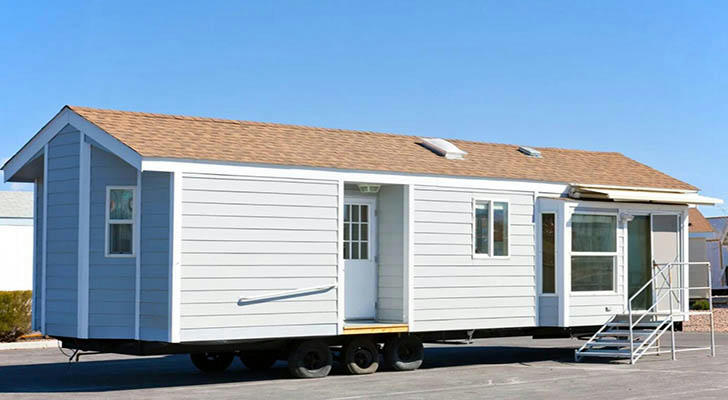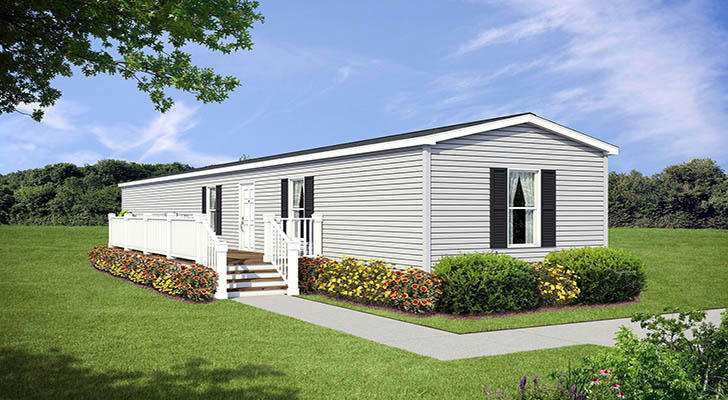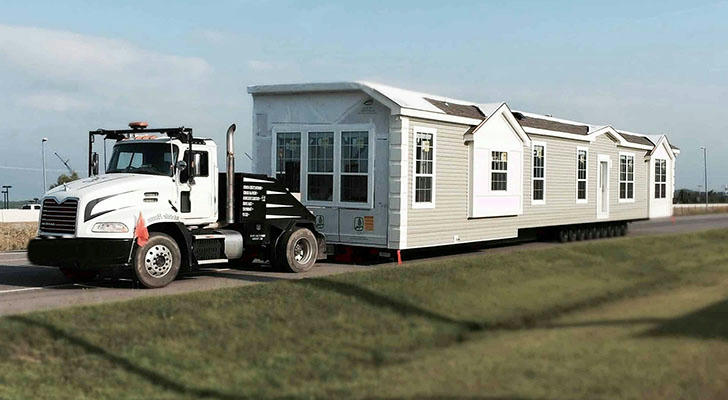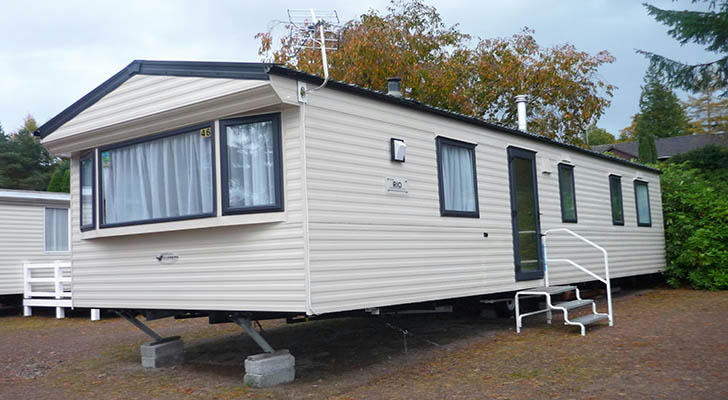In the era of high housing prices, can mobile homes become your "oasis"?

Dreaming of owning a home of their own is the wish of many people. However, rising housing prices have made this dream increasingly out of reach. Faced with the high cost of home ownership, people are looking for more flexible and economical living options. Mobile homes, once considered a "poor person's choice", are now taking on a new look. It is no longer just a simple trailer, but a new option that provides freedom, personalization and sustainable lifestyle. So, can mobile homes become our "oasis" to escape the dilemma of high housing prices?
The rise of mobile homes: A snapshot of an era
The popularity of mobile homes has grown significantly in recent years. There are many reasons behind this. First of all, high housing prices are undoubtedly the main driving force for the development of the mobile home market. Secondly, people's pursuit of lifestyle has also changed, and more and more people are beginning to pursue a more free and flexible life. Mobile homes just satisfy people's desire for freedom. In addition, the increasing awareness of environmental protection has also promoted the development of mobile homes. Many mobile homes adopt technologies such as solar energy and rainwater recycling, which are in line with modern people's living concepts.

Advantages of mobile homes: more than just low prices
• Economical and affordable: Compared with traditional houses, the purchase cost of mobile homes is lower, and the construction cycle is short, making it possible to quickly realize the dream of living.
• Flexibility and freedom: can move anytime and anywhere without geographical restrictions, satisfying people's yearning for a free life.
• Personalized customization: Design styles are diverse and can be customized according to personal preferences and needs to create a unique living space.
• Environmental protection and energy saving: Many mobile homes use solar energy, rainwater recycling and other technologies to reduce the impact on the environment and are in line with the concept of sustainable development.
• Community atmosphere: Mobile home communities tend to have a strong community atmosphere, with residents helping each other and making life more welcoming.
• Strong earthquake resistance: Modern mobile homes use light steel structures, and their earthquake resistance is better than traditional houses.
• Strong adaptability: Can be used in various scenarios, such as travel, vacation, office, emergency rescue, etc.
• Investment potential: In some areas, the rental market and resale market of mobile homes have gradually matured and have certain investment value.

Mobile Home Challenges: An Issue That Can’t Be Ignored
• Land restrictions: Placing mobile homes requires suitable land and is subject to local regulations, which may make site selection difficult.
• Limited value-added potential: Compared with traditional houses, mobile homes have less value-added potential and may have depreciation issues.
• Incomplete community facilities: Some mobile home communities have insufficient supporting facilities, such as medical care, education, transportation, etc.
• Social concept: Some people are biased against mobile homes, thinking that they are not stable enough and of low quality.
• Seasonal effects: In some areas with extreme climates, the thermal insulation performance of mobile homes may be insufficient, affecting living comfort.
• Financing difficulties: Compared with traditional houses, mobile homes have relatively fewer financing channels, and loan conditions may be more stringent.
• Inadequate laws and regulations: In some areas, the laws and regulations for mobile homes are not sound enough, and there may be some policy uncertainty.
How to choose a mobile home that’s right for you
1.Budget
• Total house price: Including the cost of the house itself, transportation, installation, etc.
• Land costs: If you need to purchase land, you need to consider the land price, taxes, etc.
• Follow-up costs: including water and electricity bills, property fees, insurance premiums, etc.
2.House type and size
• Number of residents: Choose an appropriate house type based on the number of family members.
• Functional requirements: Consider whether functional areas such as study rooms and gyms are needed.
• Spatial layout: Evaluate whether the spatial layout of different house types is reasonable.
3.Housing material
• Exterior wall materials: Commonly used materials include aluminum alloy, plastic steel, sandwich panels, etc. Choose materials with good corrosion resistance and thermal insulation properties.
• Interior wall materials: Consider environmentally friendly and easy-to-clean materials, such as wooden boards, diatomaceous earth, etc.
• Roofing materials: Choose materials with good waterproof performance and durability, such as asphalt shingles, metal shingles, etc.
4.Water and electricity system
• Water source: Understand the source of water source, water quality, etc.
• Power supply: Consider the stability of power supply, power load, etc.
• Wastewater treatment: Learn about wastewater treatment methods, such as septic tanks, sewage treatment equipment, etc.
5.Thermal insulation
• Insulation materials: Choose materials with good insulation properties, such as rock wool, foam, etc.
• Windows: Choose insulating glass or LOW-E glass to improve thermal insulation effect.
• Ventilation system: A properly designed ventilation system ensures indoor air circulation.

in conclusion
In the context of high housing prices, mobile homes provide us with a brand new living option. It not only satisfies our pursuit of freedom, personalization and sustainable living, but also helps us realize the dream of "home ownership". However, mobile homes are not a panacea and have their own limitations. Before making a choice, we should carefully weigh the pros and cons and choose the way of living that best suits us.
